By Yvonne Wright • The Current Contributing Writer
Customarily, Thanksgiving, as a national day of relaxation and culinary festivity is set aside by the law of the land on the fourth Thursday in November, during which time many social activities and responsibilities (from work to schooling) are suspended, allowing citizens (if possible) a time off to enjoy their most revered, family-centric holiday next to Christmas.
Honored today primarily as a civic, rather than religious gathering, it incorporates spiritual and social components of early Thanksgiving rituals that brought families and communities together for centuries in a joyous celebration of the land that fed them, and the God that brought them here; in 1789, formally declared by George Washington as “A Day of Thanksgiving” and a national holiday, with the first turkey ceremonially pardoned by Abraham Lincoln in 1864.
In art, most of the early depictions of Thanksgiving contain placid references to a traditional New England home and landscape, communicating to contemporaries the idea of gratitude for the plentiful harvest, happy togetherness, and hope for an abundant year ahead.
In time, however, a growing interest in historical genre paintings in the United States (reaching its zenith in the early 1900s), inspired a new wave of historical painters, who, as the demand grew, introduced expertly executed reconstructions of the nation’s past – particularly, romanticized compositions of the Pilgrims in the New World, to reflect the prevailing taste among art collectors at the time. Traditionally regarded as the highest form in Western art, historical paintings inadvertently played a very important role in establishing a main stream narrative of various national events, prevailing to this day.
According to art historians “The First Thanksgiving at Plymouth, 1621” executed in oil on canvas by Pennsylvanian artist Jean Leon Gerome Ferris, epitomizes the popular demand at the time for works depicting paramount moments in US history. Completed in 1912, as a part of the artist’s ambitious project of 60 large Pageant of a Nation series of works, it illustrates the iconic meal between the early English settlers (the Puritans) and representatives of America’s indigenous peoples (the Wampanoags), set in what is today New England, and narrates their first successful harvest in a spirit of intercultural friendship. Set outdoors on a land overlooking the ocean, a mixed company of Pilgrims awaits the meal.
The central figure in the painting, an elegantly dressed young woman appears to be serving food to a group of Wampanoag men squatting on the ground; she is leaning forward, in a gesture of friendship, offering a platter of roast turkey(?) to the invited guests. Behind her, a man dressed in black fineries is holding a bowl (of turkey stuffing?) appearing deeply in his thoughts. No one else seems to be eating, except for a little girl in the foreground, who perhaps symbolizes future generations of Americans born into a much better life.
Gathered around a large wooden table (rendered quite accurately, as if transported to the American wilderness straight from one of Rembrandt’s paintings) are other Pilgrims standing around and chatting, while two of their women busy themselves with preparation of additional food for the assembled company. Far in the distance, more male settlers are engaged in conversation, while another smartly dressed female colonist gracefully welcomes a young Wampanoag woman to join in the festivities.
The whole feeling of the painting is one of a party, a light-hearted BBQ-like gathering among neighbors, friendly and relaxed, rendered with particular attention to costumes, textures and colors.
“The First Thanksgiving at Plymouth, 1621” became an overwhelming success, along with the rest of the 60 works in the series, soon to be exhibited in a number of prestigious locations: from Independence Hall (1913-1930), Congress Hall (1916-1918) and Old City Hall (1931) in Philadelphia, to the Smithsonian Institution in Washington, DC.
Almost unanimously, art critics at the time prized Ferris’s work for “reflecting meticulous research of the material culture and historical accounts.” Many were impressed with the artist’s acute rendition of Edward Winslow (one of the original travelers on the Mayflower in 1620, whom he placed in the far right of the composition holding a document), and also for including a tail-wagging water spaniel in the forefront (as it apparently also arrived on the ship that year). Many critics asserted that Ferris’s painting “depicts the idea of generosity, the only true kind that gives from frugal resources.”
Born in Philadelphia, Jean Leon Gerome Ferris (1863-1930) was the son of prolific portrait painter Stephen James Ferris, and Elisabeth Moran, a sister of two celebrated American painters; Edward Moran (an accomplished artist of maritime paintings), and Thomas Moran (painter and printmaker of the Hudson River School). He himself was named after Jean-Léon Gérôme, a French historical painter, whose works his father greatly admired. Ferris grew up with a conviction that painting historical narratives was truly his calling – especially, after personally meeting Gérôme, who encouraged him to paint scenes from American history.
Today, most of his original works are in private collections, not often accessible for viewing; however, Ferris’s images were greatly popularized after the artist sold the reproduction rights to various publishing companies, allowing for a wide proliferation of his art through various prints, postcards, calendars, blank-backed trade cards, and so on.
New generations of art critics, especially in the 21st century, don’t seem to share the same enthusiasm for the artist’s work; in general, they are particularly concerned with the painting’s subtle but important inconsistencies in presenting history, and what can be described as “the subversion of the dynamics of power.”
In plain words, when one scrutinizes “The First Thanksgiving at Plymouth, 1621” it becomes apparent that the overall composition of the work and the arrangement of figures reverses the dynamics of the original event. By turning the Wampanoag peoples into the guests and the newly arrived settlers into the hosts of the gathering, and compositionally showing Wampanoag warriors as sitting lower than the Pilgrims, it connotes a subtle message of inferiority.
Further more, the artist’s depiction of the Pilgrims suggests that they weren’t starving at the time, but had plenty of food to go around, even to share with the strangers. However, in Edward Winslow’s personal account of the 1621 Thanksgiving gathering (as described in his journal Mourt’s Relation), “Massasoit [the Wampanoag leader] arrived with ninety warriors who brought five deer after a successful hunt,” while the Pilgrims had several fowl for the three-day feast as well as a bountiful corn harvest.
There were also fish, lobster, clams, berries, fruit, pumpkin and squash, as “it was a collaborative and cooperative gathering, […] not necessarily religious or even monumental in nature.” Unfortunately, he also observed “the following winter, several more Pilgrims would die from malnutrition and illness.”
It is not certain how well the artist understood the ethnic and cultural differences among America’s indigenous peoples, but the Wampanoag men are incorrectly depicted here as wearing the garments and feather headdresses of the Plains’ tribes (the Sioux). The clothes worn by the Pilgrims seem in particularly good condition, considering the limited resources they had on hand after being at sea for two months, and that the women, children and the infirm had remained on board the Mayflower for six months after arrival while the building of their homes on land was in progress. Perhaps seemingly odd to us today, was the decision of the good natured artist who “did not want the Puritans to appear drab and in sad colors.”
In summary, however, while it may be easy to criticize and dissect a painting 100 years after its completion, it is a magnificent labor of love on the part of an artist who dedicated years of his life to immortalizing this nations most heroic moments. I don’t believe that his portrayal of the Wampanoag people was meant to be derogatory, but rather an outcome of Ferris’s historic research into the customs and behaviors of other, less familiar cultures, with an intention to make us all proud.
Let as remember, as we join with countless households across North America to partake in that special Thanksgiving meal on November 25th, that it should always be a celebration of victorious spirit in the face of adversity, an appreciation of the things we have, and the loved ones we are blessed to celebrate it with. May the Thanksgiving Day of 2021 be filled with that heart-warming nostalgia for simpler and better times.











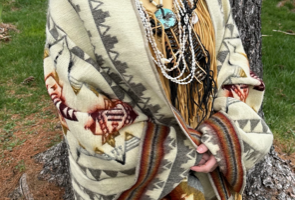
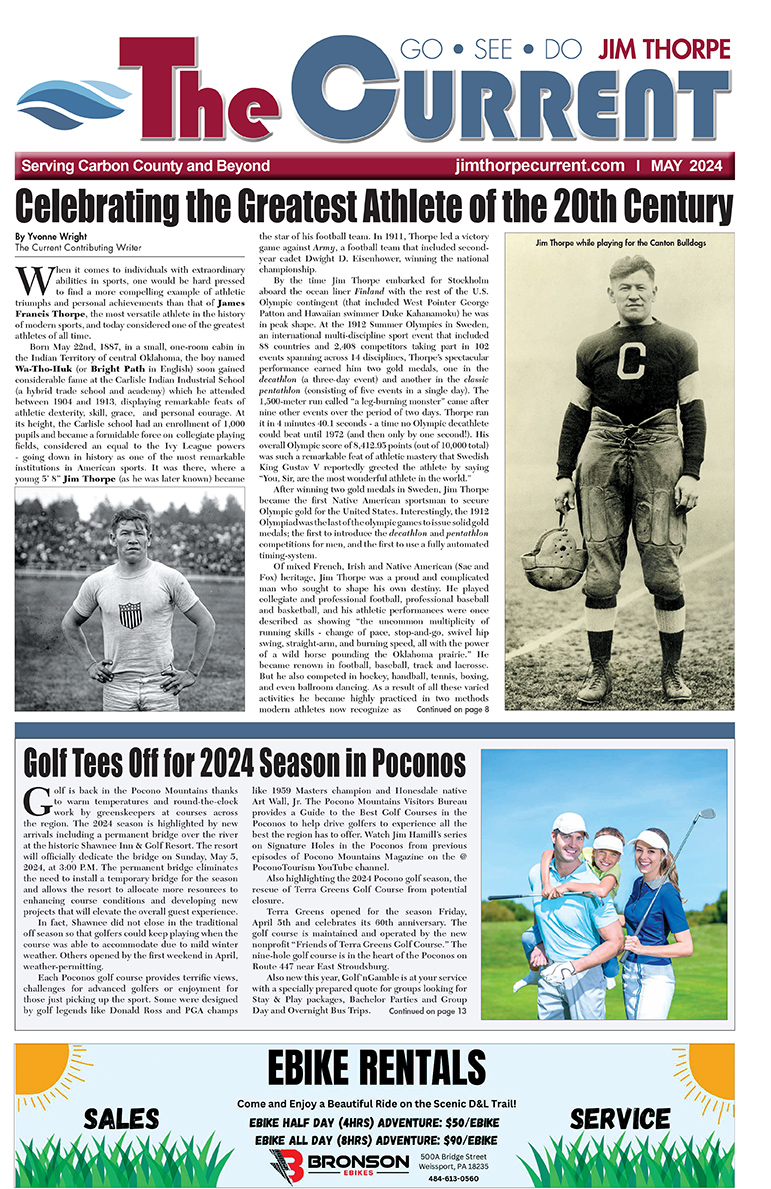
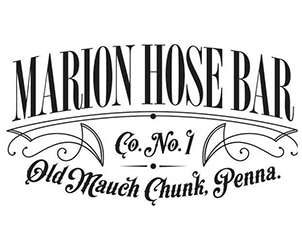
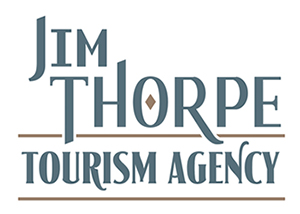
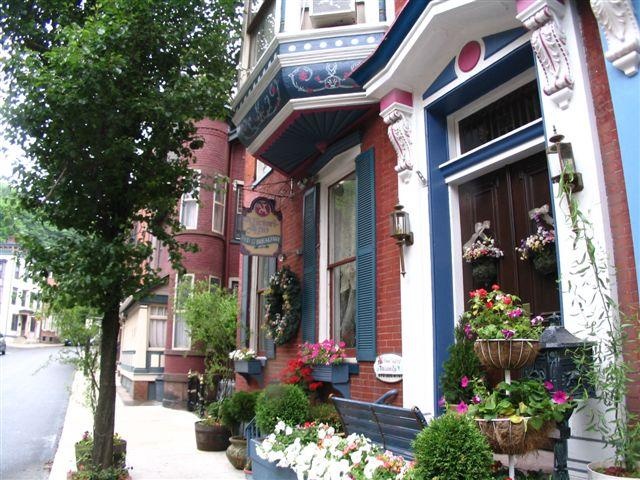











Add Comment